

The Essential Role of In-Store Promotion Items in Modern Retail Environments
The Essential Role of In-Store Promotion Items in Modern Retail Environments
In an era defined by digital advancements, the perceptions surrounding in-store promotional items—commonly referred to as Point of Purchase (POP) displays—remain overwhelmingly positive. According to a survey conducted by PXC Corporation in June 2025, an astonishing 98% of the 200 respondents, all of whom had experience assembling POP materials, confirmed their necessity within retail settings. While the findings underscore the persistent importance of visual and immediate engagement at physical stores, they also unveil a set of operational challenges that retailers must navigate.
Survey Background
As purchasing habits shift and integrate more digital influences, the role of POP materials in physical retail spaces has not diminished. These displays are pivotal in conveying product features and enticing customers to engage with merchandise visually. Nonetheless, retailers report numerous operational hurdles, including installation complexities, space limitations, and the tasks associated with waste disposal. To better understand these challenges, PXC conducted the survey focusing on individuals familiar with assembling POP materials, aiming to capture both the high regard for their necessity and the operational difficulties encountered.
High Demand for POP Displays
When asked whether they believe POP displays are necessary for retailers, an overwhelming 98% responded affirmatively. This statistic signifies not just a preference for visual stimulation but also reflects the enduring capability of in-store promotions to captivate customers amidst the increasing digitization of shopping experiences. Retail experts assert that POP materials not only support a more compelling shopping experience but also enhance customer flow and overall store ambiance.
Reasons Behind the Support for POP
Furthermore, when questioned about the reasons that affirm the value of POP materials, respondents highlighted the ease of visually communicating product details as the most compelling justification. This echoes the sentiment that these displays are critical instruments for capturing consumer attention and delivering essential information swiftly. Other frequently mentioned benefits included enhancing store vibrancy, improving sales outcomes, and effectively conveying seasonal themes and event promotions. Additionally, some noted that POP displays could also serve as conversational catalysts between staff and customers.
Unpacking Operational Challenges
However, alongside the praise for POP displays comes a range of operational challenges. The survey revealed that the most significant issue cited was the cumbersome task of managing packing materials such as cardboard after installation. The physical labor involved in setting up and dismantling these displays creates a notable burden on retail staff. Other common concerns included confusing design instructions, insufficient time to manage delivery schedules, and difficulties in ongoing maintenance and disposal methods.
The results underscore the dual reality faced by retailers: while POP displays can yield significant promotional benefits, there is an urgent need for better strategies to alleviate the burden of their deployment.
Embracing Sustainable Practices in POP Production
In light of these findings, PXC Corporation has committed to addressing these challenges head-on, with a focus on sustainability in promotional practices. By introducing the concept of “SPGs (Sustainable Promotion Goals),” the company is innovating a new line of environmentally conscious POP displays. These products aim to minimize environmental impact while ensuring effective promotional results.
The SPGs focus on using sustainable materials and innovative designs that enable the reuse of packaging supplies and a reduction in the dimensions of promotional displays. This shift not only mitigates the logistical burdens associated with transportation and installation but also aligns with the broader movement towards sustainable retail practices.
Key Initiatives Under SPGs
- - Material Reuse: Utilizing cardboard packaging as components of promotional displays to encourage resourcefulness.
- - Compact Designs: Developing foldable displays that can be shipped in standard-sized envelopes to enhance transportation efficiency.
- - Eco-Friendly Processing: Incorporating foldable features into life-sized POPs to balance promotional impact with environmental responsibility.
Goals for the Future
The PXC initiative aims to provide sustainable promotional solutions that address traditional POP challenges such as size, short lifespan, and disposal difficulties. By enhancing the sustainability profile of promotional activities, the company hopes to reduce logistics costs while improving brand image among environmentally conscious consumers.
Conclusion
In summary, the evolving landscape of retail underscores the vital role that in-store promotional materials play in driving sales and engaging consumers. Despite operational challenges, the clear consensus among retail professionals indicates a strong commitment to these tools. The emerging focus on sustainability through initiatives like SPGs is poised to redefine the future of retail promotions, ensuring that both environmental impact and operational efficiency are prioritized. The insights gathered from the survey serve as a catalyst for further innovation in the retail promotional space, helping businesses meet the dual challenge of enhancing consumer engagement while reducing their ecological footprint.
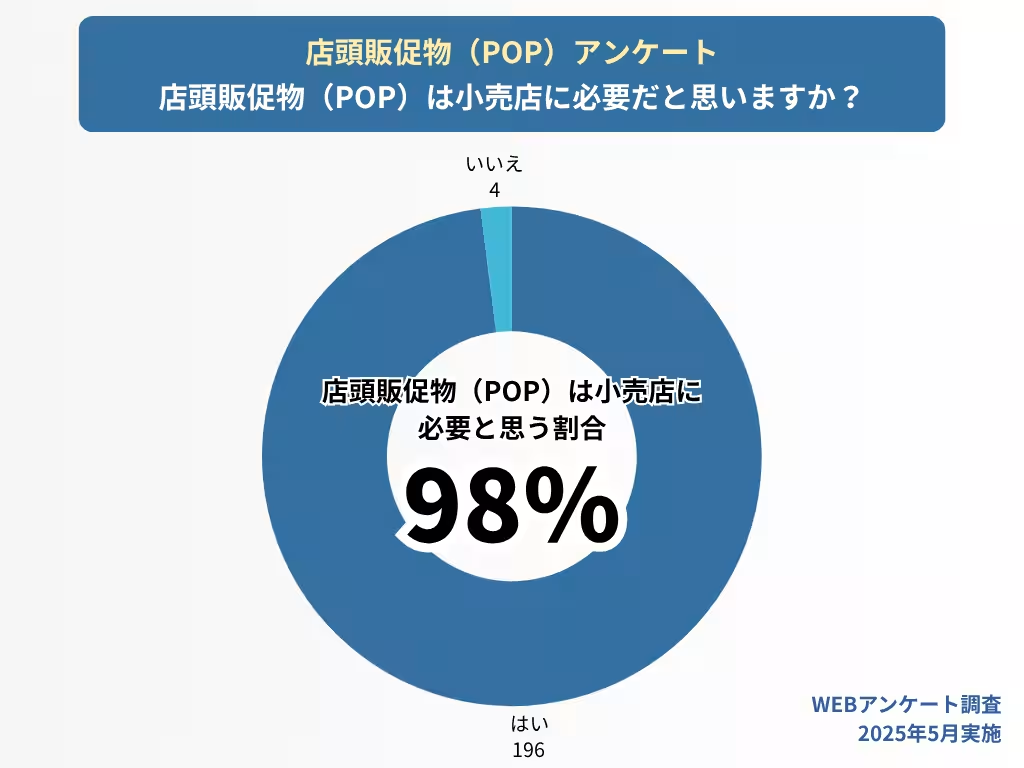

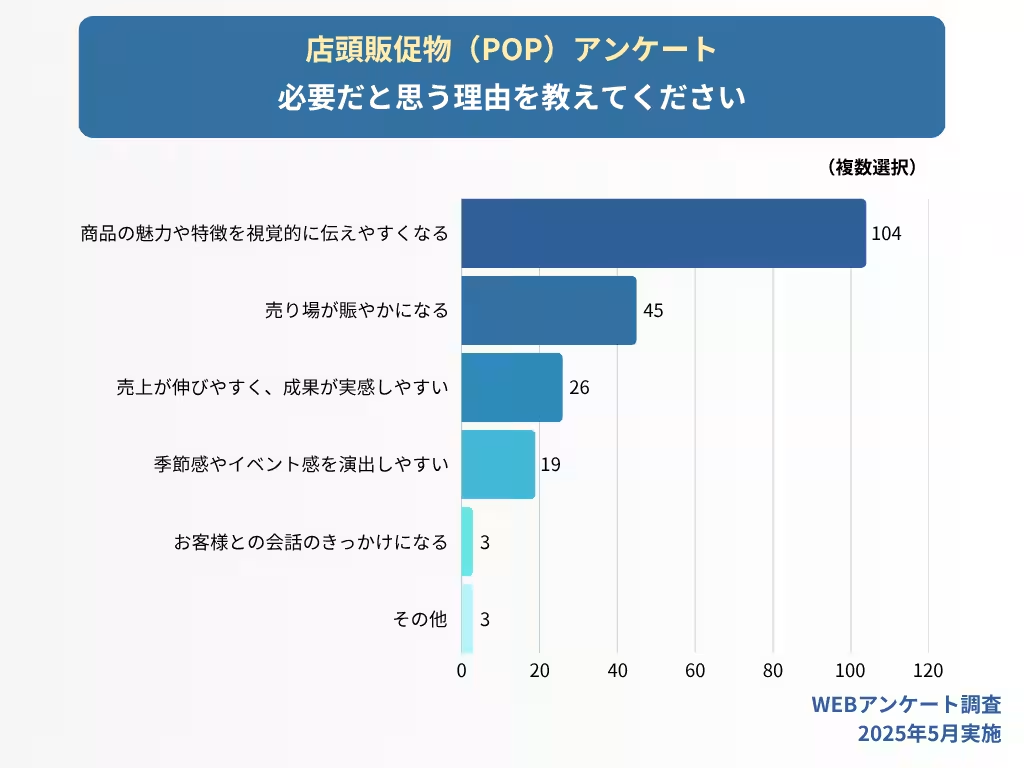
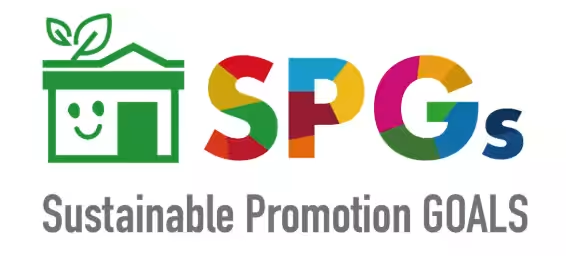
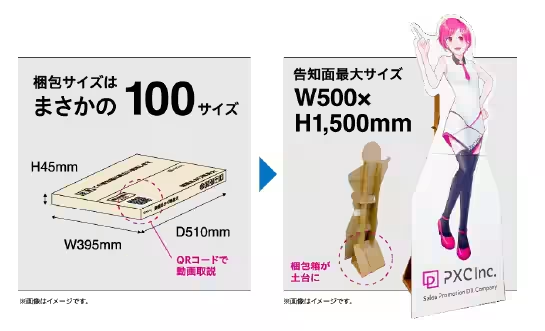
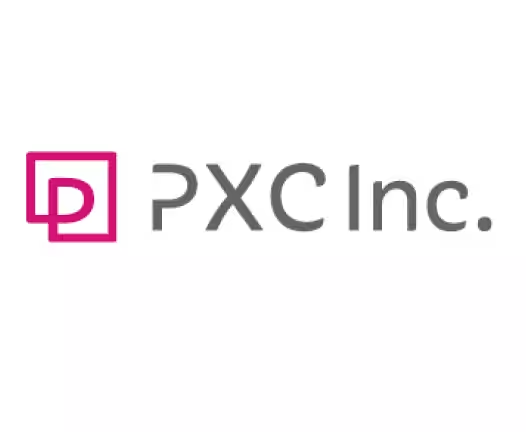
Topics Consumer Products & Retail)










【About Using Articles】
You can freely use the title and article content by linking to the page where the article is posted.
※ Images cannot be used.
【About Links】
Links are free to use.